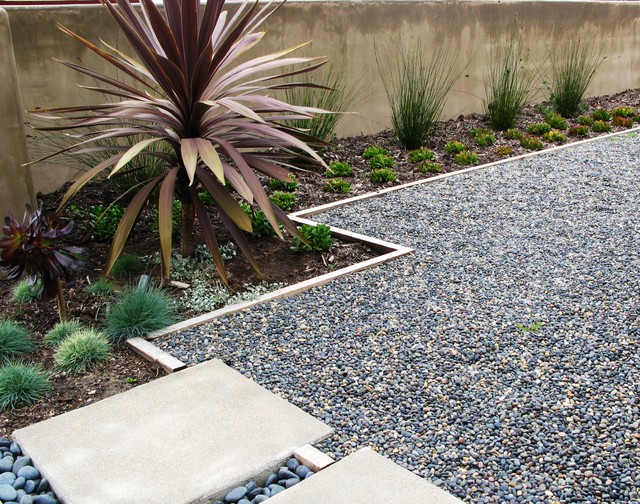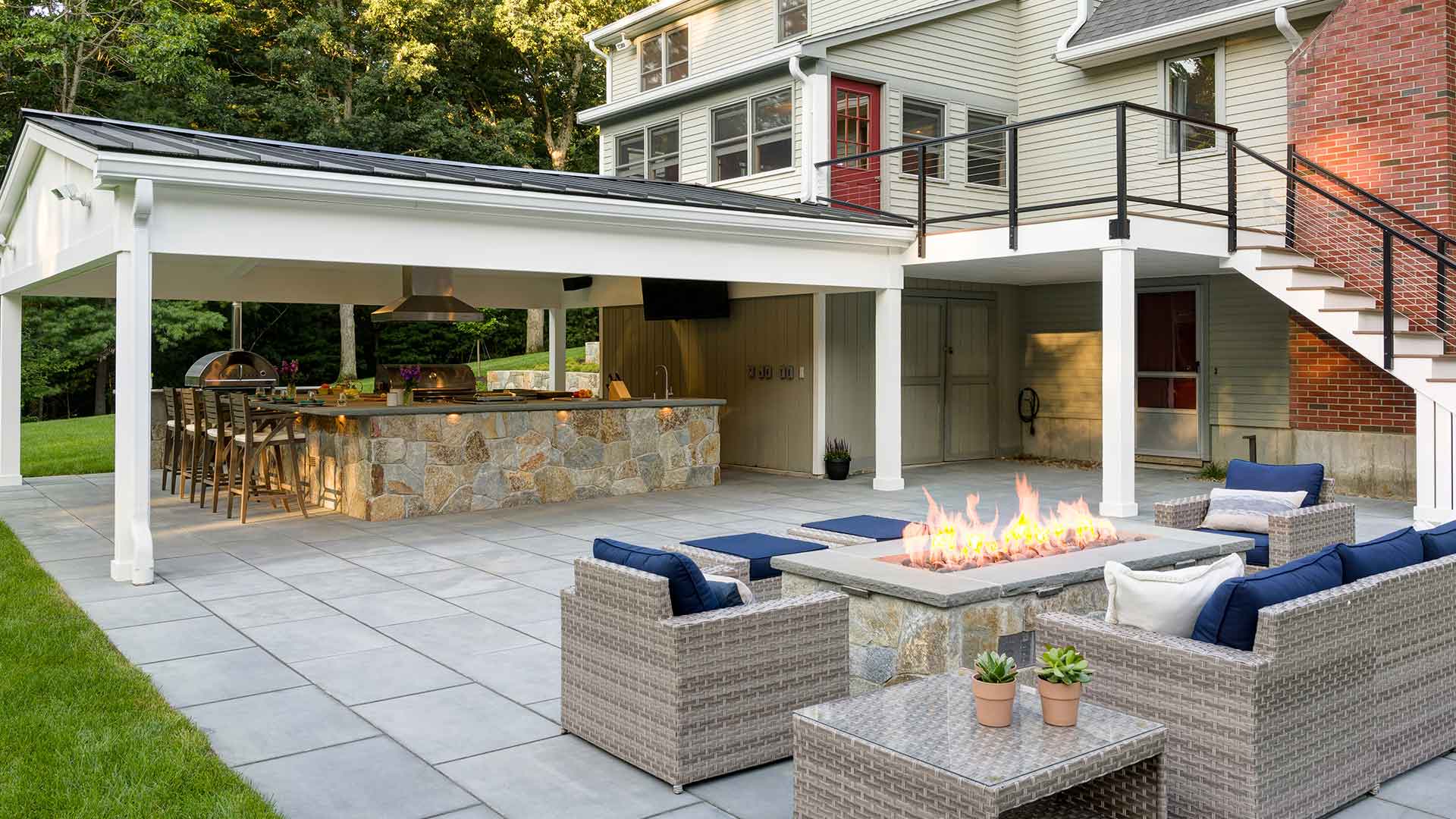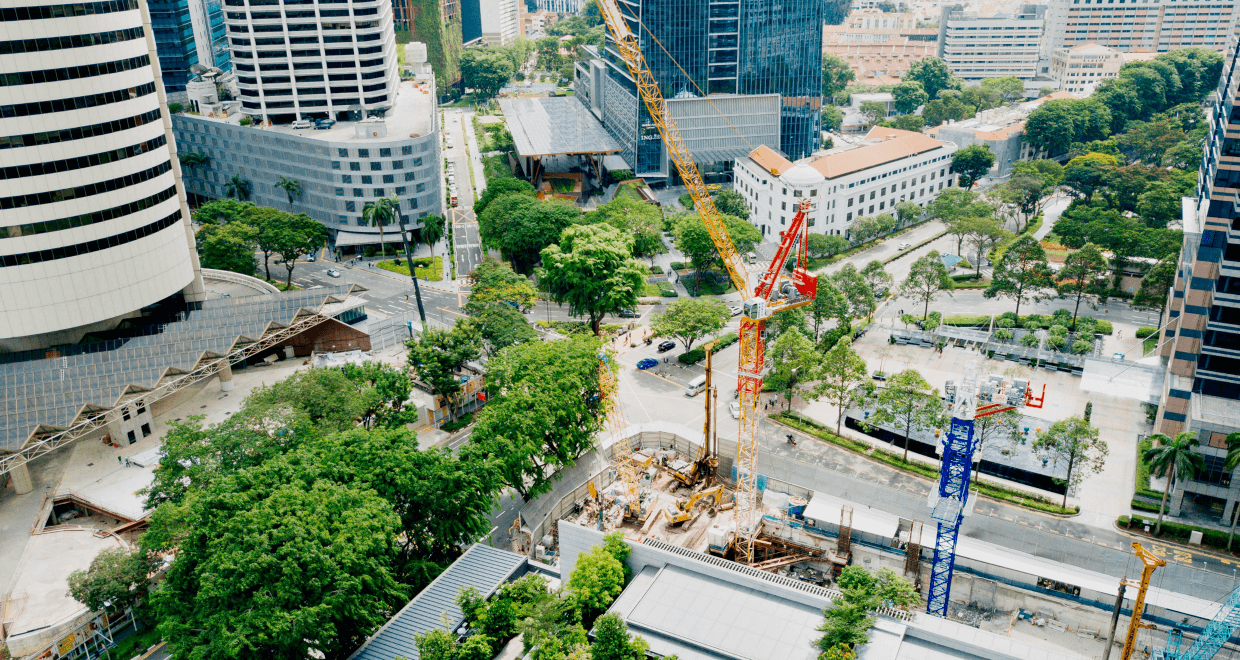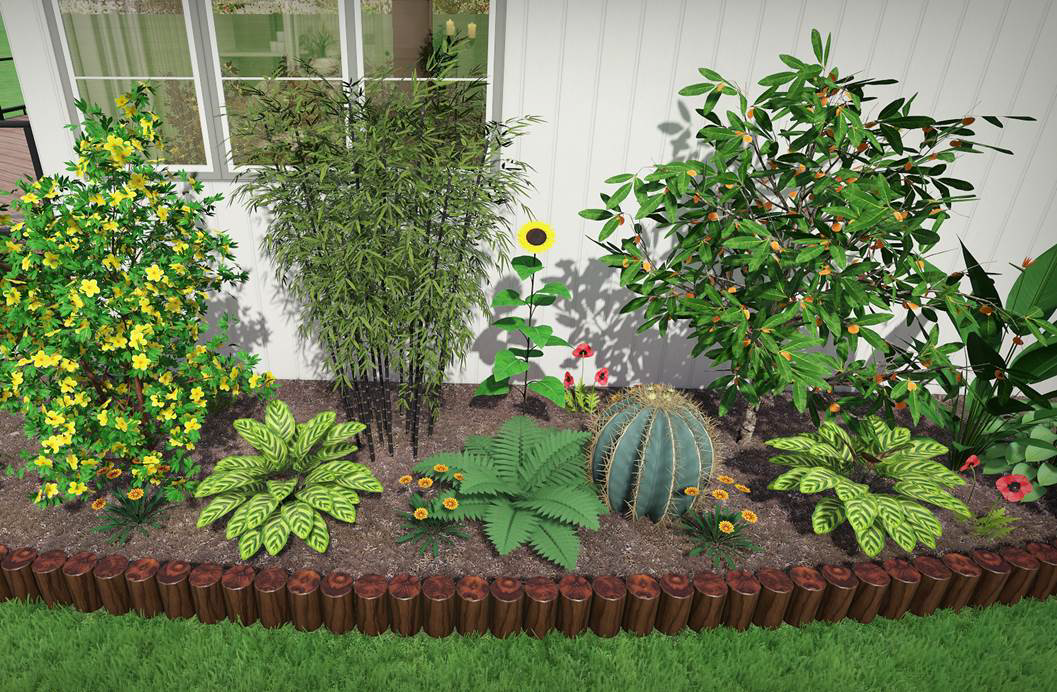The Only Guide to Landscapers
Table of ContentsIndicators on Landscapers You Should KnowHow Landscapers can Save You Time, Stress, and Money.The Basic Principles Of Landscapers The 30-Second Trick For LandscapersFascination About Landscapers
- A tree or bush (hedge) that sheds its fallen leaves in winter season. In the PNW there are semi-deciduous or semi-evergreen plants that may lose their leaves depending upon exactly how cool the winter is. Abelia and some hebe are fine examples. Landscapers. - A flat gathering space, made of wood or composite material (made to look like wood), commonly surrounding or connected to a framework.

- Granite that is weathered to the factor that it is an extremely great accumulation. This is an all-natural process, and the result can be utilized for courses and patios. Decayed granite is typically referred to as DG. It is specifically useful in modern landscapes. - Secret landscape attributes being proposed in a landscape layout plan.
Little Known Questions About Landscapers.
These goals direct the layout procedure, not the developer's style or preferences. Usual design goals in Rose city are reduced maintenance, dry spell forgiving, and pet friendly. - Process for eliminating or thinning the dead lower level of a mature lawn. Thatch is lawn that has actually passed away and accumulated listed below the environment-friendly blades.
Over time this layer can obtain very thick and make it difficult for water, sun, and nutrients to get to sections of the turf.- The process of collecting and managing the flow of water on a residential property. This can be done with grading, French drains, dry wells, absorptive surface areas, sump pump, rainfall gardens, and more.
- A slow feeding watering system that utilizes versatile tubing and emitters to send a precise quantity of water to each plant. - The capability of a plant to survive without much summer water.
- A yard attribute where water is stood for by an accumulated rock product, normally a crushed rock or granite. These are most generally found in modern-day and Japanese yard design.- A rock or flagstone patio, course, or walkway constructed without a concrete base. The base would be compacted gravel and the joints would be an aggregate or walkable ground cover.
The Ultimate Guide To Landscapers
- A rock keeping or free standing wall surface built without using mortar. An extremely proficient mason is required for a dry stack stone wall surface. Many walls in Portland are not completely dry stacked, also if they show up to be. - A below ground framework that gather water and allows it to slow percolate into the dirt around it.
Landscape design that is compatible with a sites' environment in both look get more and sustainability without adverse effects to the environment. Interrupting the landscape is a line of separation that develops visual rate of interest in the garden by separating one sector from one more sector. This can be aesthetic or useful, maintaining one element (such as pea gravel) from getting blended right into one more (like bark dirt).
Areas can also have a sensation of "enclosure" offered by trees, other plantings, fencings, or screens. The landscape near the access to a building.
A plant that is foreign to the location where it will be planted. Not all "exotics" are invasive or dangerous, and several can be well behaved or drought tolerant (Landscapers). A mass planting of ferns. Thicker bladed lawn yard that spread out through rhizomes.: The level of soil on your home prior to bark dust or compost is spread.
Some Known Questions About Landscapers.

The purpose, factor, or activity that a location is be landscaped for. Area for expanding plants for checking out, eating, or physical activity.
Rock item, either rounded or fractured, that is reasonably small- normally 1" or much less. Low plants that are enabled or urged to top an area. Can refer to any type of "tough" yard aspects including statuary or visit their website boulders however the majority of commonly is utilized to refer to courses, patio areas, and walls.: Elevation distinction between the level of water in a pond (or the level of the pump if it sits outside the pond) and the upper electrical outlet of water which affects efficiency of the water pump in gph (gallons per hour). Thick hedges or trees that form a fence, screen, or boundary.

The 15-Second Trick For Landscapers
An even more relaxed garden controlled by curved as opposed to straight bed lines and a less rigid framework. Conventional PNW landscapes are informal. A plant that spreads greater than wanted, or into habitats where it does damages. Rose city has a checklist of intrusive plants that should not be mounted in landscapes since they can spread to forests or rivers and be challenging to manage.
Smart irrigation controller reviews and suggestions below. 2-D rendering of the suggested watering system. Can include head positionings and coverage, pipe sizing, GPM specifications, and products needed to install this system. A watering strategy is usually unneeded for houses however is usual for commercial jobs. Certified specialist who creates landscapes, schooled in engineering and design in addition to in cultivation.
Landscape designers usually have less schooling than Landscape Architects and are not accredited. A finished landscape style, outlining all elements for the new landscape.
A water tight HDPE product utilized underneath fish ponds, streams and waterfalls in water attributes. Using several growings of the same selection to fill up in an area in the landscape.